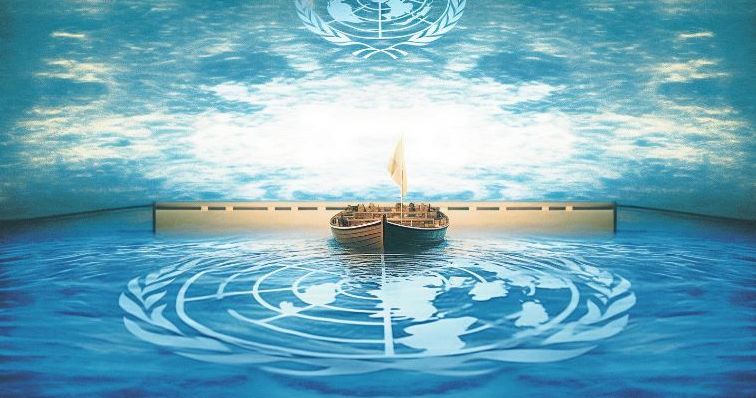
Cool Stuff | Shared | Life | Pop Culture
What is the Blue Economy and How to Take Advantage of it?

Did you know that thirty billion people depend on oceans for survival? It is also true that eighty percent of global trade happens in oceans. Just as some of you earn via slots online real money games, countless people get their daily bread from oceans and seas. Even if we benefit from the maritime environment, we do not conserve it well.
This is where the term Blue Economy comes in. It is an economic term associated with exploitation, conservation, and sustainability of the maritime environment. Through the Blue Economy, we can avoid overfishing, pollution of oceans and beaches, and activities that can ruin marine life.
The UN and Blue Economy
The United Nations created the term Blue Economy in 2012. Blue Economy is an assortment of socially equitable and sustainable economic activities in coastal areas. It proposes sustainable tourism including the casino industry, where players visiting online casinos can pick up a bonus bez depozytu 2023 to play without any risk, fishing, and the preservation of marine resources. The Blue Economy must promote economic growth by enhancing the livelihoods of the population that depends on coastal areas for daily bread.
As oceans, seas, and lakes are everywhere, countries must cooperate to make the Blue Economy successful. It also implies that governments must create policies that support the conservation of maritime environments. Traditionally, the marine environment promoted coastal tourism, transportation, and fishing.
Today, it attracts new investors with unique ideas like marine energy and biotechnology, and blue carbon sequestration. The ocean environment promotes economic growth more than it did two decades ago
How can the Blue Economy benefit us?
The Blue Economy focuses on eradicating things that can aggravate climate change. It can enforce better control over marine ecosystems. One way the Blue Economy is fighting climate change is by encouraging the construction of renewable energy sites in the oceans.
For instance, wind energy companies make floating turbines to draw power from offshore winds. By 2020, there were a hundred and sixty-two offshore wind farms. According to the International Energy Agency’s 2019 report, these offshore wind farms can exceed the global electricity demand by eighteen times.
Besides providing alternative renewable energy, these facilities help create construction, maintenance, and office administration jobs. The Blue Economy has led to the rise of a new method of fishing known as offshore aquaculture. It has also ensured the generation of wave and tidal energy and the emergence of blue biotechnology and seabed mining.
The blue economy encourages innovation that promotes shipping, coastal tourism, fishing and other industries. It promotes the enactment of economic policies that discourage human activities that cause environmental degradation and pollution. Norway and Denmark are among the nations that take the Blue Economy idea seriously by implementing inclusive policies and plans.
For instance, Norway has created the Green Shipping Program. The program will reduce the shipping industry’s greenhouse gases by forty percent by 2030. The Norwegian shipping sector aims to produce zero carbon gases by 2050. The program will also create jobs and fuel economic growth. Denmark has created the Towards Zero strategy to make ocean shipping more sustainable.
The largest export industry, Danish Shipping, made the Towards Zero strategy to help it produce nil carbon emissions by 2050. The UN and EU have made their impact. We hope other able countries will soon implement their Blue Economy agendas.
Conclusion
As noted earlier, the ocean-based economy is a wide assortment of industries and policies that promote economic and social growth. At the same time, these policies help coastal areas and oceans become more sustainable. The Blue Economy policies and strategies preserve the marine environment for billions of people who depend on it for survival.